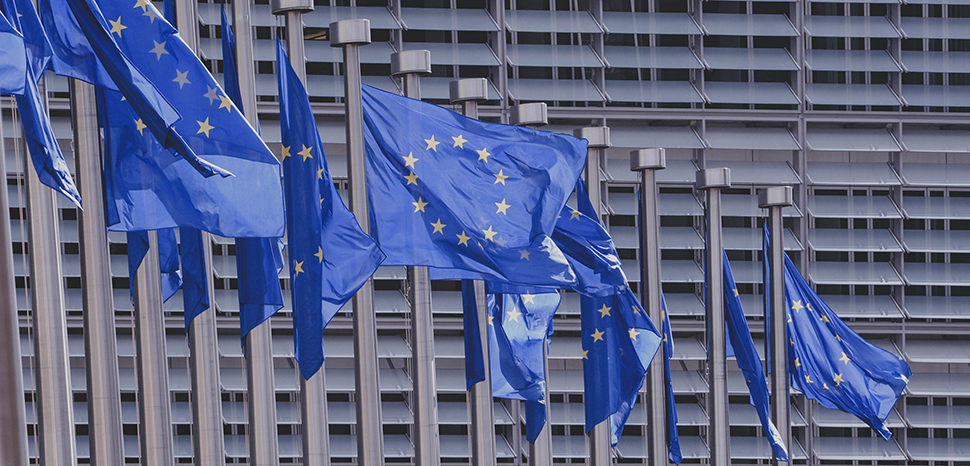The European Union (EU), known for pioneering digital regulation, recently passed the Artificial Intelligence Act (AIA). This comprehensive regulatory scheme represents the first attempt to regulate artificial intelligence. In an effort to understand the AIA’s impact on future legislation, this article aims to explore the critical elements of the AIA, the implications for Europe’s tech competitiveness, and the geopolitical dimensions surrounding AI regulations, particularly in North America and East Asia.
Overview of the EU Artificial Intelligence Act
The EU’s AIA represents a landmark in digital regulation. The Act is based on a risk-based approach and classifies AI systems into four categories: Unacceptable risk, High risk, Limited risk, and Minimal risk. This classification forms the backbone of the AIA’s regulatory structure.
Unacceptable Risk: This category includes AI systems considered a clear threat to the safety, livelihood, and rights of individuals, leading to their prohibition. Examples of such systems include AI-based social scoring systems, which could have profound implications on an individual’s privacy and freedom.




